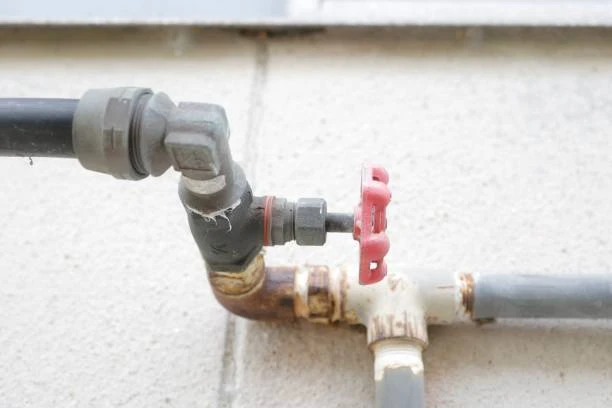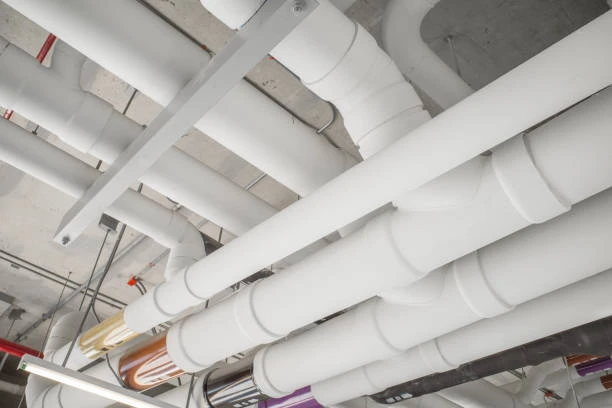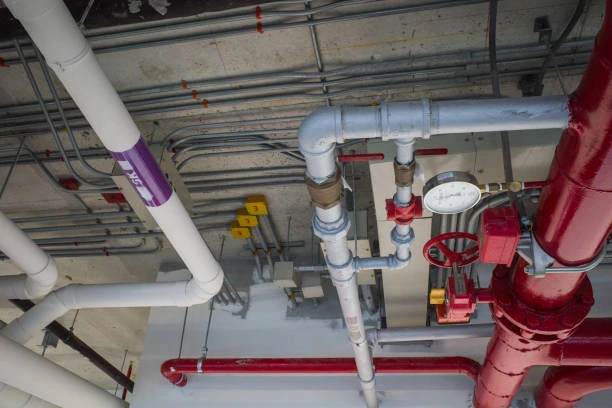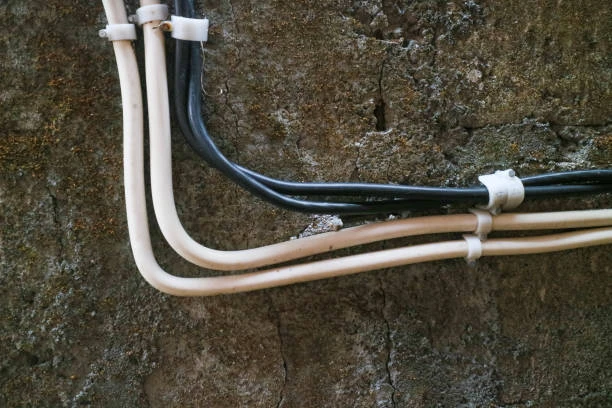Introduction: Improving Sealing Reliability with Copper Ball Valves
In plumbing and fluid control systems, ensuring leak-proof sealing is crucial to long-term performance and safety. Copper ball valves are known for their outstanding reliability and efficiency, particularly in demanding environments where consistent sealing and durable materials are essential. The innovative use of copper ball valves—especially when integrated with modern sealing materials—has elevated their application across many systems, outperforming conventional fittings like angle valve pex 229f 1/2″.
This article explores how copper ball valves offer better sealing capabilities, the role they play in modern fluid systems, and how they compare to other valve types. We’ll also discuss proper selection, installation tips, and common applications to help you make an informed decision for your next project.
Frequently Asked Questions (FAQ)
1. What makes copper ball valves good for sealing applications?
Copper ball valves have a precision-machined ball and seat system, ensuring a tight shut-off with minimal risk of leakage, even under pressure.
2. Can I use copper ball valves in place of angle valve pex 229f 1/2″?
Yes, in many situations copper ball valves offer better durability, thermal tolerance, and sealing performance than standard angle PEX valves.
3. Do copper ball valves resist corrosion?
Yes, copper is naturally resistant to corrosion and scale buildup, especially in clean water systems.
4. Are copper valves suitable for both hot and cold water systems?
Absolutely. They perform reliably across a wide temperature range and are ideal for hot water lines.
5. How do copper valves integrate with sealing materials like PTFE tape or thread sealants?
Copper valves are highly compatible with modern sealing materials and form robust, long-lasting joints with minimal risk of leaks.
What Are Copper Ball Valves? Definition and Core Characteristics
A copper ball valve is a shut-off device made from copper or brass alloy, designed to control water flow using a spherical ball with a hole through its centre. When the valve is open, the hole aligns with the pipe and allows fluid to pass; turning the handle 90 degrees shuts the flow entirely.
Key Features:
Full Port Design
Allows unimpeded flow with no reduction in pipe diameter.Quick Operation
Requires only a quarter-turn to open or close, making it user-friendly.Reliable Sealing
Offers excellent sealing properties, especially when used with PTFE (Teflon) or other advanced sealing materials.Corrosion and Scale Resistance
Performs well in hard water environments and resists internal corrosion.Long Life Cycle
Can operate for decades with minimal maintenance, far outlasting plastic counterparts.
The design ensures that once installed correctly, copper valves provide superior sealing compared to plastic or composite options such as angle valve pex 229f 1/2″.
Common Applications and Industry Use
Copper ball valves are widely used across both residential and commercial sectors thanks to their performance and durability. Their compatibility with sealing materials and pressure systems makes them ideal in the following industries:
Use Cases:
Household Plumbing
Main shut-off valves, toilet and sink supplies, and washing machine isolation.Heating Systems
Used in hot water heating circuits, including boilers and radiators.Irrigation Systems
Found in greenhouses, garden supply systems, and agricultural irrigation where precision and durability are key.Industrial Fluid Control
Ideal for chemical handling, water treatment, and manufacturing due to their sealing strength.Marine and RV Applications
Compact and leak-resistant, suitable for mobile or marine installations where vibration and corrosion are a concern.
Compared to angle valve pex 229f 1/2″, copper ball valves offer broader usability and better performance under more demanding conditions.
Buying Guide: What to Look for in a Copper Ball Valve
When selecting a copper ball valve—especially if you are considering replacing a angle valve pex 229f 1/2″—understanding key features and specifications is critical.
What to Check:
Material Quality
Look for DZR (dezincification-resistant) brass or lead-free copper options for potable water.Port Type
Choose a full-port (full-bore) design for minimal pressure drop and better flow efficiency.Connection Type
Available in solder, threaded, press-fit, or compression options—choose what fits your system best.Certification
Ensure the product is certified under ISO, EN, ASTM, or equivalent for safety and reliability.Seal Compatibility
Confirm that the valve can be used with PTFE tape, thread paste, or anaerobic sealants as needed.Temperature and Pressure Ratings
Copper valves typically handle up to 200°C and 600 PSI. Ensure it matches your application.Handle Design
Choose ergonomic, coated handles for ease of use in tight spaces or high-temperature zones.
These criteria help you identify high-performance valves suitable for sealing-focused systems.
Installation Tips for Copper Ball Valves
Proper installation enhances the sealing efficiency of copper ball valves and reduces maintenance needs over time.
Step-by-Step Guidelines:
Clean the Pipe Ends
Ensure the pipe ends are clean and burr-free. Any debris can cause leaks or misalignment.Apply the Right Sealant
Use PTFE tape for threaded joints or high-grade solder for sweat fittings. Avoid over-applying as excess may damage the valve seat.Use Proper Tools
Use wrenches or spanners suited to the valve type. Avoid overtightening, which may distort the body or threads.Ensure Proper Orientation
Install the valve with easy access to the handle and in the correct flow direction (where applicable).Test Before Use
After installation, perform a pressure test to confirm leak-proof performance under load.
When installed properly with compatible sealing materials, copper valves offer significantly better resistance to leaks than plastic alternatives such as the angle valve pex 229f 1/2″.
Copper Ball Valve vs Plastic (PEX) Valve – Comparison Table
| Feature | Copper Ball Valve | Angle Valve PEX 229F 1/2″ |
|---|---|---|
| Material | Copper or DZR brass | PEX plastic with brass core or composite |
| Sealing Performance | Excellent with sealing tape or compound | Moderate – limited by plastic’s tolerance |
| Corrosion Resistance | Very high | Fair – may degrade in harsh conditions |
| Thermal Resistance | High – up to 200°C | Moderate – limited temperature tolerance |
| Durability | 20+ years | 8–12 years |
| Installation | Slightly more complex | Easier – push-fit or crimp |
| Strength Under Pressure | Excellent | Good – but weaker under extreme pressure |
| Maintenance Requirement | Very low | Moderate – seals may degrade |
| Cost | Slightly higher upfront | Lower upfront cost |
Although plastic valves like angle valve pex 229f 1/2″ offer convenience, copper ball valves outperform them in long-term sealing integrity, flow capacity, and robustness.
Conclusion: Copper Ball Valves Lead in Sealing Solutions
When it comes to efficient fluid control and long-term sealing reliability, copper ball valves remain a top choice. Their precise construction, compatibility with a wide range of sealing materials, and exceptional durability make them ideal across residential, industrial, and commercial settings.
Replacing or upgrading from solutions like angle valve pex 229f 1/2″ to copper ball valves brings noticeable benefits—especially in applications where sealing failure is not an option. With minimal maintenance needs and excellent adaptability, these valves offer peace of mind for years to come.
Connect with IFAN
IFAN is a leading manufacturer of plastic pipes, copper fittings, and valves, with over 30 years of experience serving clients around the world. Whether you’re looking for high-quality copper ball valves, PEX fittings, or plastic piping systems, IFAN delivers solutions that meet your performance and cost expectations.
Contact Information:
- For more information,pls visit our webside https://waterpipefitting.com/
Pls Mailto: [email protected]
Whatsapp: +86 15088288323
We respond to emails or faxes within 24 hours. For urgent matters, feel free to call us directly.
Let IFAN help you improve your fluid systems with high-quality, internationally certified products.
IFAN Products International Standards
All IFAN products comply with strict international regulations and standards to ensure safety, reliability, and global compatibility. These include:
ISO 15874, EN 15874, ASTM F2389, DIN 8077/8078, GB/T 18742, ISO 15494, ASTM D1785, ASTM D2665, AS/NZS 1477, CSA B137.3, and many more.
By choosing IFAN, you’re investing in products that are trusted by professionals across Europe, Asia, the Middle East, and beyond.














Recent Comments